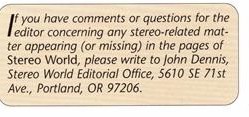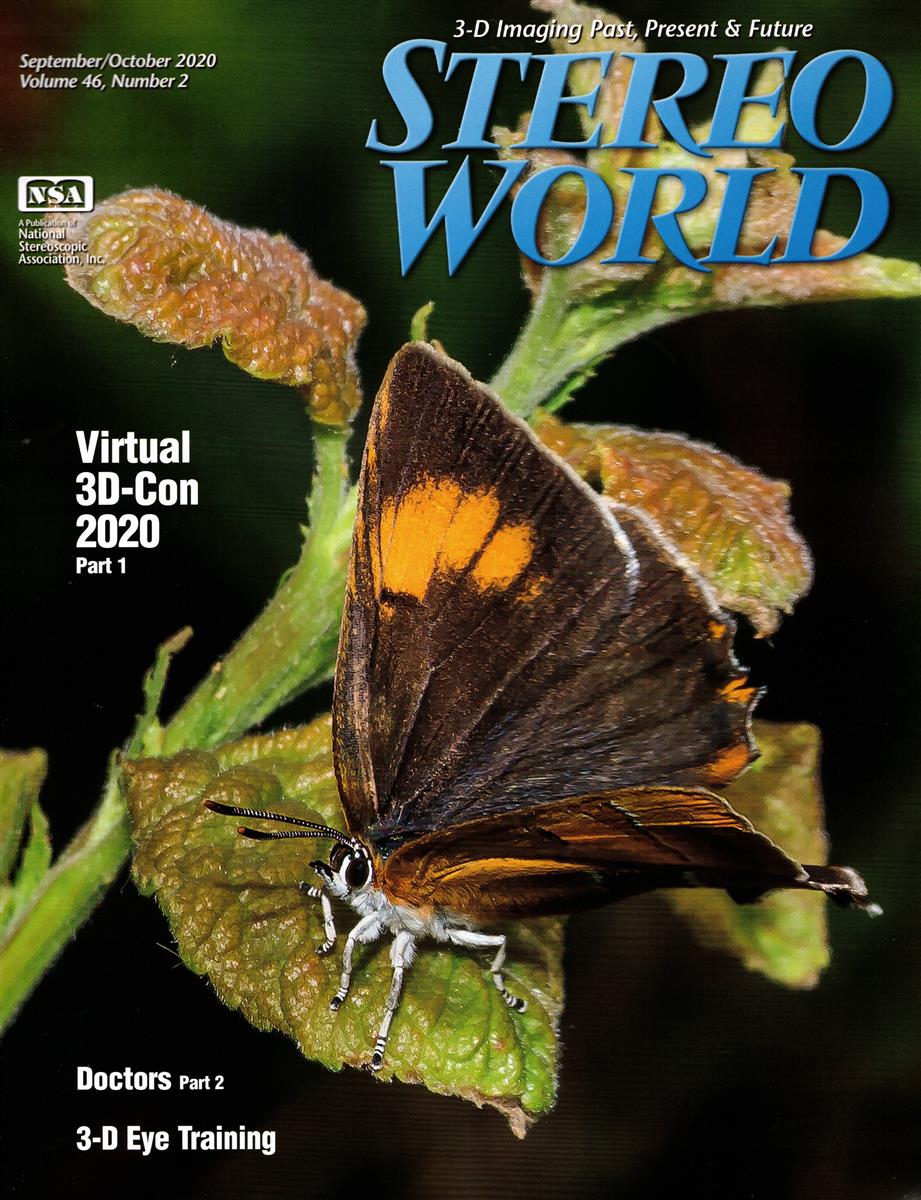JANE NINA WIGLEY
Letters to the Editor
Stereo World September/October V46, #2
Between 1841 and 1855 there were seven female professional photographers
in London. Jane Nina Wigley (1806-1883) was the first. I've been
interested in her for a bit, and was happy to see Denis Pellerin mention
her in his European Gems column (Vol. 45 No. 6 page 14). Since she gets
very little press, I thought I would round out some details of her life
and make a few speculations of my own.
Starting with her birth date. It wasn't unusual for women to "modify"
their birthdates to census takers. The Wigley ladies did so with such
regularity that birth dates calculated using their given ages in census
records, suggest consistent, albeit incorrect dates. Digging a bit, one
can uncover the truth. Instead of being born in the 1820s, records in
St. Clement Dane Church, Westminster, show that Jane Wigley, the
daughter of Charles and Judith Wigley (nee Frost) was born on Nov. 4,
1806 and baptized in March of 1807, almost 15 years earlier than
previously thought. Her sisters were also older. Their records at St.
George, Hanover Square, Westminster show that Emma was born Oct. 18,
1800, and Caroline July 22, 1803 to the same parents.
Jane's family was artistic and musical. In the 1851 census her father is
listed as "Independent" (a financial fact that would have helped); she
and her sisters were listed as artists. Jane was a landscape painter. In
the late 1820s and early 1830s "Miss Nina Wigley" was an opera singer at
the Kings Theater, London. She performed in opera buffa where the
singers improvised on subjects suggested by the audience, as well as
more serious productions in aid of refugees. Sometimes her father and
brother performed in the concerts.
For some reason her opera career did not flourish and she got smaller
parts. Perhaps this is why she decided to take up photography which took
effort and determination, qualities she had in great quantity, and
money. The patent rights to the daguerreotype process were owned by
Richard Beard. In 1843 he advertised in Newcastle Upon Tyne that for the
equivalent of $1,000 he would issue a ten year license for a specific
region. That is to say he would issue a contract to men, not married
women as it was illegal for them to make contractual agreements. Jane
skirted that problem because she was single, and purchased the license
for the Gateshead and Newcastle region where she opened her first studio
on Sept. 22, 1845.
Skipping ahead, we don't know why she gave up her Northern studio.
Perhaps business was bad, or possibly she missed her family, in any case
she closed her studio on June 5, 1847 and moved back to London. There
she opened another studio at 10 Anderson Street (off of King's Road,
leading to Sloane Ave.), which she operated from 1847-1848. On May 11,
1848 she moved again, and took over Theodore Smith Redman's studio at
108 Fleet Street.
It must have been difficult being a woman in a man's profession. Her
competition included many famous, early masters some of whom criticized
her work. In a letter from photographer Thomas Malone to Fox Talbot on
Feb. 15, 1850 he says, "Mr. Beard regrets giving a license to a Miss
Wigley. The badness of her pictures & the absurdity of her
advertisements tends to bring the Daguerreotype into disrepute. Such is
the opinion of Mr. Claudet, Kilburn & Beard himself." Since none of her
photographs have been located, we can't judge if her work was indeed
lamentable, or if the men were just upset with her and her exuberant
advertise ments. But she was undaunted.
In 1852 Fox Talbot started legal action against any photographer using
collodion. He claimed it was an infringement of his calotype process. A
long drawn out legal battle ensued between Talbot and the photographic
world. Jane was up to the challenge. The Art Journal (Aug. 1, 1854)
reported, "Miss Wigley, of Fleet Street, first commenced taking
collodion portraits for sale. Down came Mr. Talbot with his threat of an
injunction. Miss Wigley, with all a woman's obstinacy, boldly stated her
determination to brave alike Mr. Talbot and the Vice-Chancellor. This
maiden hero was too much for the hero of Lacock Abbey, and the bachelor
succumbed." There are brief references to her in Talbot's legal papers.
One comment noted, that he wished to treat her with indulgence and
intended to postpone action for the present. That being said, Jane Nina
Wigley gave up professional photography around 1855. Maybe the events
are related after all.
Jane was still an artist, and continued to practice her craft. At some
point she became a governess like her sisters. I have not yet located
her in the 1871 census records. Perhaps she was living with another
family, but as Denis noted, in 1881 she was living with her sister
Caroline (Emma had already died). Both are listed as retired
governesses. Caroline died the next year. Jane died the year after that
and was buried on Oct. 25, 1883 with her father, Charles and her two
sisters in St. Pancreas Cemetery, Camden.
This data is from my own research as well as that of Bernard and Pauline
Heathcote and especially Rose Teanby. There are too many bibliographic
references to list here, but I am happy to provide them upon request.
- Paula Fleming

